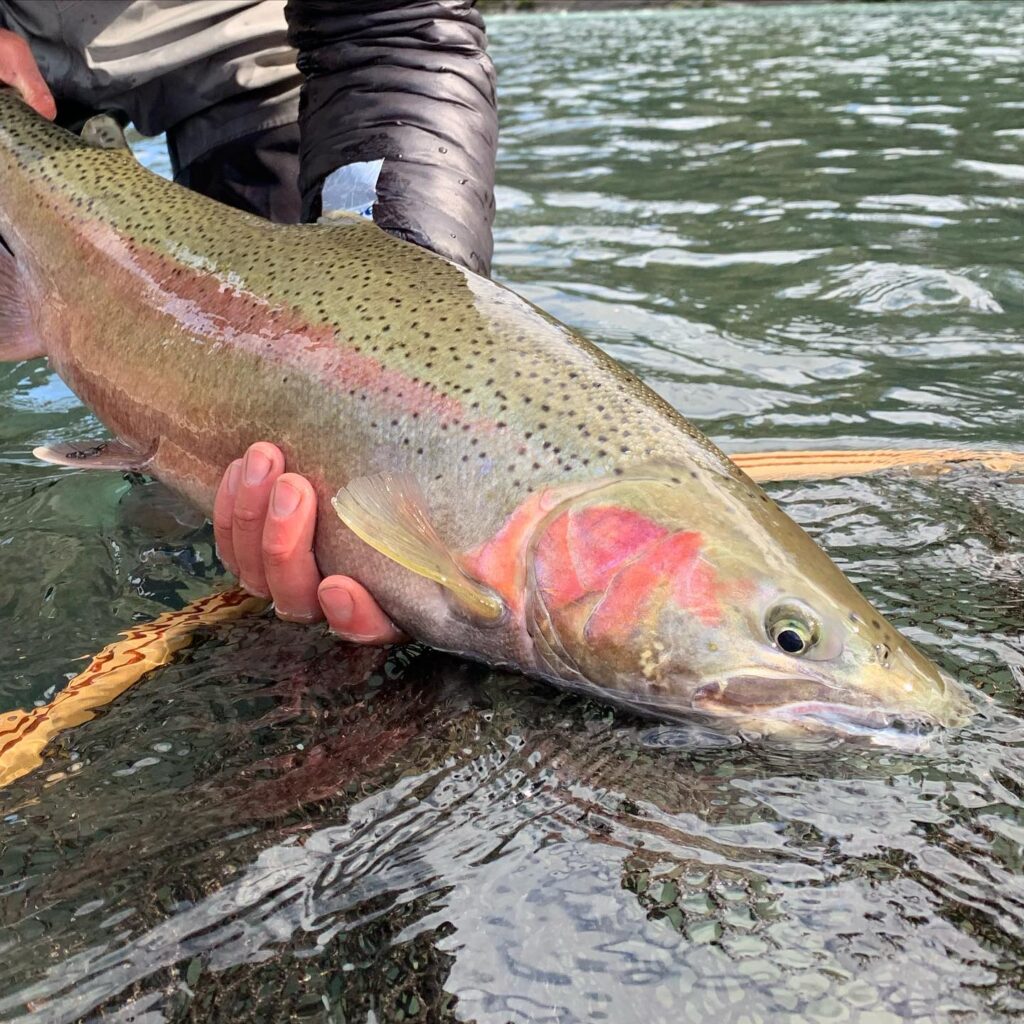
About Olympic Peninsula Steelhead
Oncorhynchus mykiss

Our Fishing Grounds
Lost Forest Fishing Guides is based on the Olympic Peninsula and has been a premier outfitter for guided steelhead fishing trips on the Hoh River, Bogachiel River, Sol Duc River, Calawah River, Queets River and Quileute River systems for over six years. We have done many steelhead and salmon guided trips on the rivers of the Olympic Peninsula. New for Lost Forest fishing is a permit to fish in the Olympic National Park. This gives us the ability to fish the upper Hoh River for steelhead and the entire Queets River for steelhead fishing.
About Steelhead
Wild steelhead are one of the most under appreciated and poorly understood endangered animals that most Americans know nothing about. The populations have been in decline for the last forty years and the triple threat of over-fishing, loss of habitat and poor ocean conditions have combined in recent decades to precipitate historic low numbers of returning steelhead to many of the rivers in the Northwest. The Olympic Peninsula rivers have also seen a decline in numbers over the same time period, but for the time being the rivers on the Olympic Peninsula remain open to fishing. Poor returns to the Skagit River and Sauk River, Puget Sound tributaries, closed those rivers to winter steelhead fishing in 2020.

